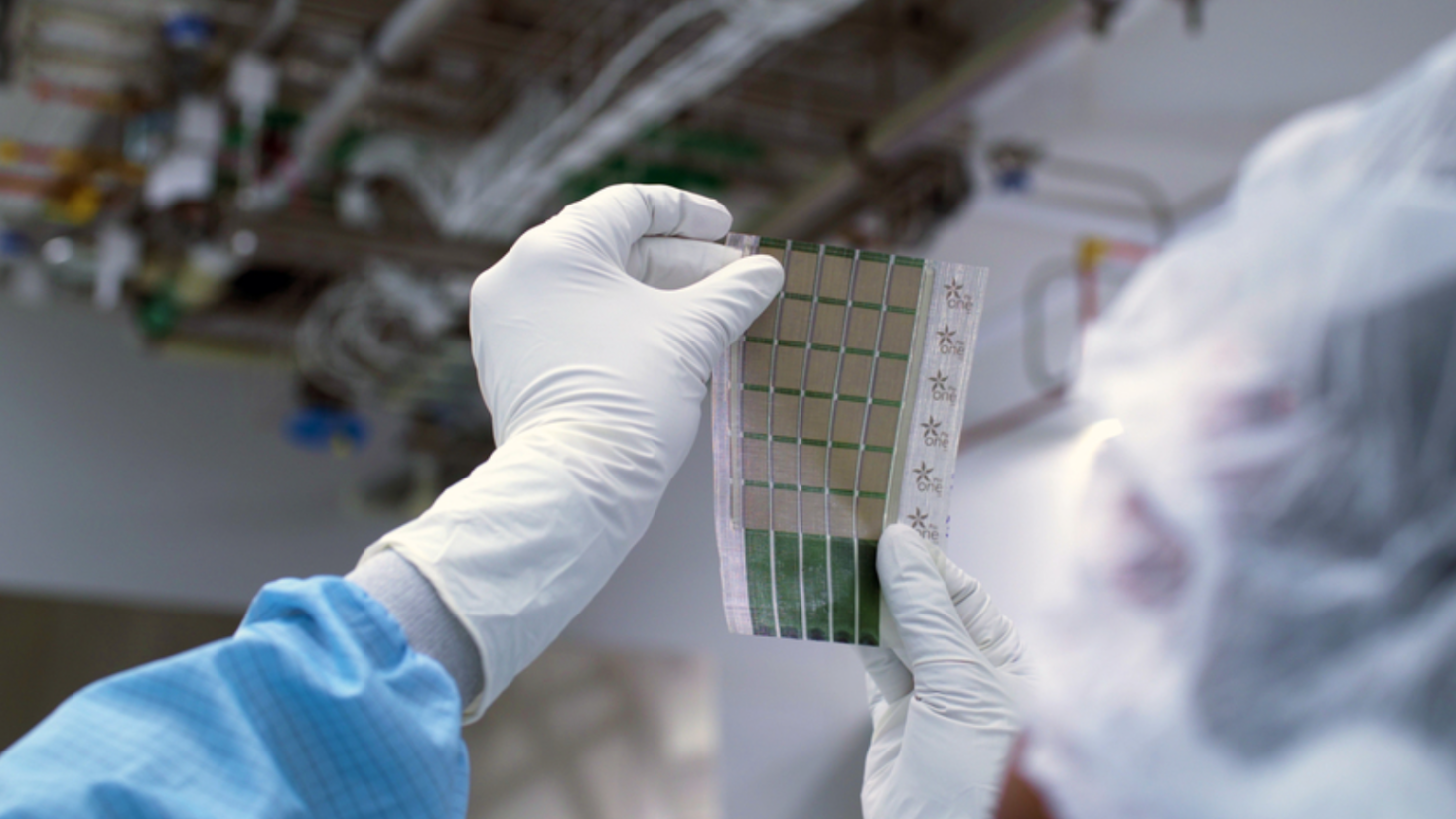Biomimicry: Butterfly Wings Could Inspire Next Gen Solar Power

To boil down the philosophy behind today’s burgeoning biomimicry field: mother nature knows best. Biomimicry subscribers believe that nature knows (far better than do we technology-obsessed humans) how to get things done efficiently and effectively – things like generating energy, creating and sustaining life, building structures, using wind, sun, water. We homo sapiens are over here toiling away, blasting the tops off mountains to get at coal, which we then transport miles and miles away to turn into energy, while a tulip simply turns it’s leaves to the sun. Biomimicry says we should be learning tricks from nature, taking a leaf out of nature’s book so to speak, rather than wasting time and energy always trying to reinvent the wheel.
Exciting recent development in biomimicry: researchers at the State University of Pennsylvania and the Universidad Autónoma de Madrid are looking to apply some nano-technology tricks learned from butterfly wings to our solar power industry. Think of the iridescence you can see on the shells/skeletons/wings/eyes of many insects – green flies, for example – and picture the way their gemlike bodies can play with light, distort it, divert it, make it look different from different angles. That particular trait is the one these scientists believe they’ll be able to use to make our solar industry more effective and versatile.
Essentially, the researchers believe that by replicating the nano-structures found in butterfly wings, they’ll be able to create a new kind of material – “optically active structures” – which will be able to diffuse or absorb light more effectively than solar panels do today.
Bonus: since the new material can be produced at room temperature, it may cut some of solar production’s toxic footprint – sometimes referred to as “solar’s dirty little secret” – from the manufacture process. According to GreenBang tech blog: “The new technique overcomes the problems associated with past nano-scale biomimicry methods, as it is employed at room temperature and does not require the use of toxic substances.”
“The development of miniature cameras and optical sensors based on these organs would make it possible for them to be installed in small spaces in cars, mobile telephones and displays, apart from having uses in areas such as medicine and security,” said Martín-Palma, a study co-author.





